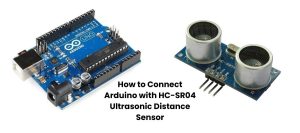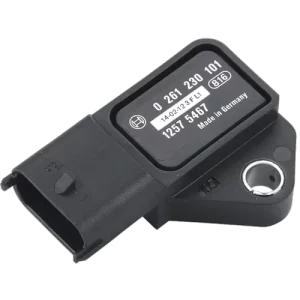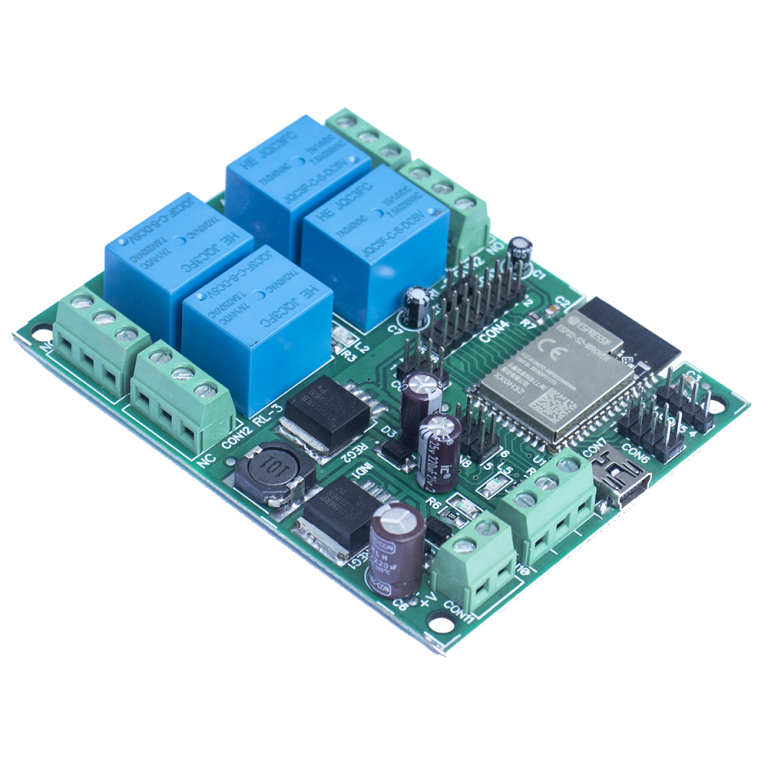Interfacing Arduino with Other Hardware and Software Platforms: A Comprehensive Guide
Exploring Arduino Integration
Hardware Interface
To interface Arduino with diverse hardware and software platforms, consider the following strategies derived from search results:
- Learn about the Hardware: Dive into detailed data sheets and the underlying architecture of microcontrollers.
- Use Portable Languages: Leverage portable languages like C and C++, enabling cross-compatibility with different computer processors.
- Hardware Abstraction Layer (HAL): Implement a Hardware Abstraction Layer for a unified interface across various hardware.
Software Interface
- Serial Communication: Enable Arduino to communicate with a PC program over a serial connection, eliminating the need for the Arduino IDE on the connected computer.
- Firmata Protocol: Employ the “Firmata” protocol/library to grant PC-side applications standardized access to Arduino resources.
- Third-Party Hardware Support: Expand the hardware directory of the Arduino IDE to incorporate third-party hardware, including board definitions, core libraries, bootloaders, and programmer definitions.
Example Scenario
- Hardware to Software Serial: Transmit data from hardware serial to software serial on the same Uno. Subsequently, send a modified version of the received data back to the hardware serial.
So, interfacing Arduino with other hardware and software platforms involves understanding the hardware, employing portable languages, implementing a Hardware Abstraction Layer, and utilizing serial communication and third-party hardware support in the Arduino IDE.
Using the Arduino IDE
To make the most of the Arduino IDE, follow these steps:
- Download and Install Arduino IDE: Obtain the IDE from the Arduino Software page and install it on your device.
- Connect Your Arduino Board: Establish a connection between your Arduino board and your device.
- Open the Arduino IDE: Launch the IDE to start your project.
- Write Your Code: Utilize the text editor within the IDE to write your Arduino code.
- Verify and Upload Your Code: Use the toolbar buttons to verify and upload your code to the connected board.
- Use Serial Monitor: Employ the serial monitor for effective communication with the board.
Versions of Arduino IDE
- IDE 1.x.x and IDE 2.x:
- IDE 2.x is an enhanced version with improved performance, user interface, and added features such as autocompletion and a built-in debugger.
- Adding Third-Party Hardware Support:
- Include the platform in the hardware directory of your sketchbook directory for additional hardware support.
- External Terminal Programs:
- Utilize external terminal programs for managing serial communication with control characters or interfacing with the board from Processing, Flash, MaxMSP, etc.
In conclusion, using the Arduino IDE entails downloading and installing it, connecting your board, writing, verifying, and uploading your code, and using the serial monitor for communication. This comprehensive guide ensures a seamless integration experience.
You may also like:
What programming languages are used for Arduino ?
what are the different types of IoT platforms ?
What are the advantages of using Arduino in embedded systems ?


















